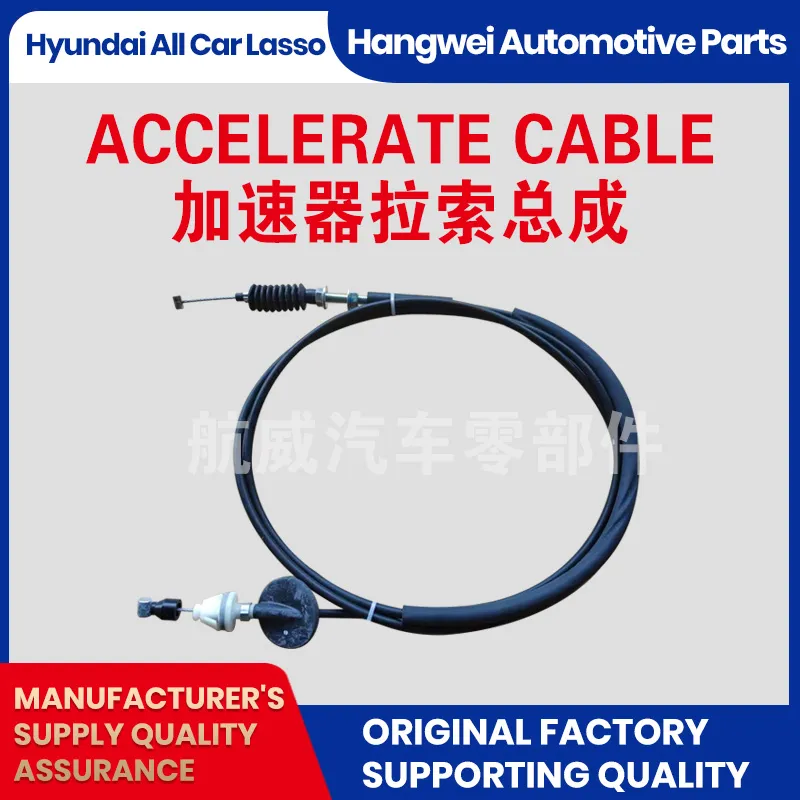Throttle Control Cable - Precision Performance & Reliability
Throttle Control Cable Understanding Its Role in Vehicle Performance
The throttle control cable is a critical component in the operation of both modern and older vehicles. This cable plays a pivotal role in regulating engine power and ensuring a smooth driving experience. As the primary link between the accelerator pedal and the throttle body, the throttle control cable is responsible for translating a driver’s input into engine response. Understanding its function and maintenance can significantly enhance vehicle performance and longevity.
The throttle control cable operates on a relatively simple principle. When a driver presses the accelerator pedal, the cable—typically made of high-strength materials—pulls on the throttle body, opening it to allow air into the engine. This air, combined with fuel, is essential for combustion, which in turn generates power for the vehicle. The cable must operate smoothly and with precision; any slack, fraying, or corrosion can lead to delayed throttle response, affecting acceleration and overall driving safety.
throttle control cable

One of the most common issues associated with throttle control cables is wear and tear. Over time, the cable can stretch, resulting in a delayed response when the accelerator is pressed. This can not only hinder performance but can also pose a safety risk, especially in situations that require rapid acceleration. Regular inspections and maintenance are crucial; lubricating the cable and checking for any signs of damage can prevent more severe problems down the line.
With the advent of technology, modern vehicles often employ electronic throttle control systems, which utilize sensors instead of mechanical cables. However, the basic principle remains the same translating driver input into engine response. Even in electronic systems, there are still critical components that can fail, resembling issues found in traditional cable systems. Therefore, understanding the throttle control mechanism—whether cable-driven or electronically controlled—is essential for drivers and automotive professionals alike.
In summary, the throttle control cable is an essential element in the functionality of a vehicle. It ensures that the driver's commands translate smoothly to engine performance, impacting everything from fuel efficiency to safety. Regular maintenance checks, including inspections of the cable for wear and ensuring proper lubrication, can go a long way in sustaining its reliability. Whether in an old classic car or a state-of-the-art vehicle, caring for this seemingly simple component is vital for optimal driving experience and performance.
-
Upgrade Your Clutch System with Premium Hydraulic Clutch LinesNewsJul.31,2025
-
Unlock the Power of Precision with Our Throttle CablesNewsJul.31,2025
-
Unleash Power and Precision with Our Accelerator CablesNewsJul.31,2025
-
Experience Unmatched Safety with Premium Handbrake CablesNewsJul.31,2025
-
Enhance Your Vehicle's Performance with Quality Gear CablesNewsJul.31,2025
-
Workings of Clutch Pipe and Hose SystemsNewsJun.04,2025
